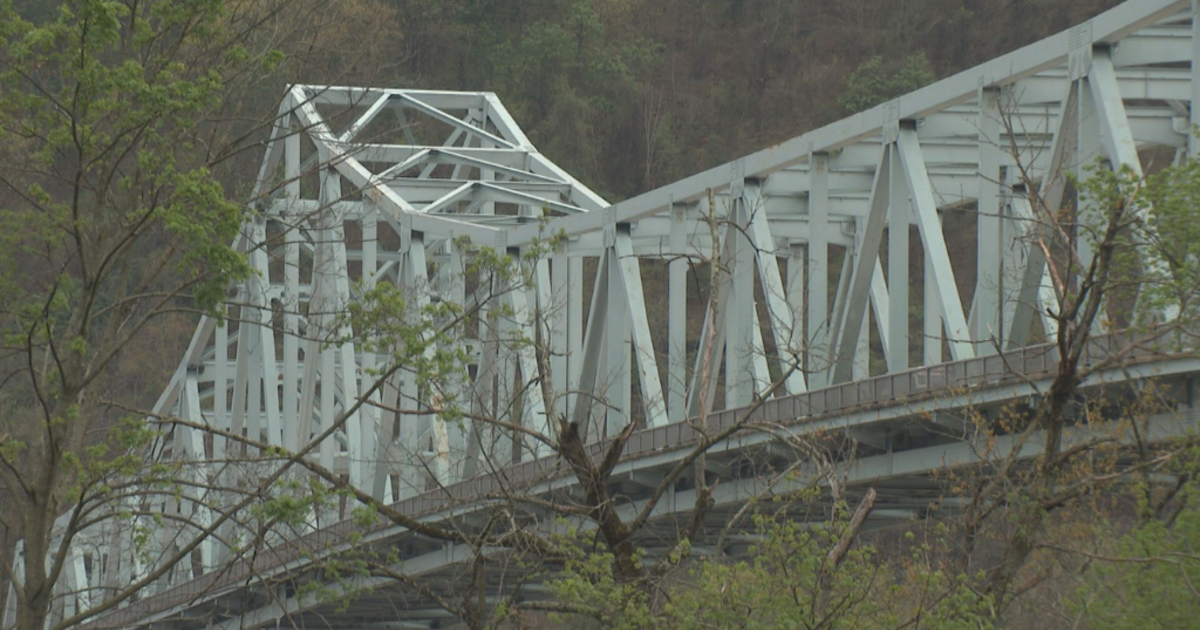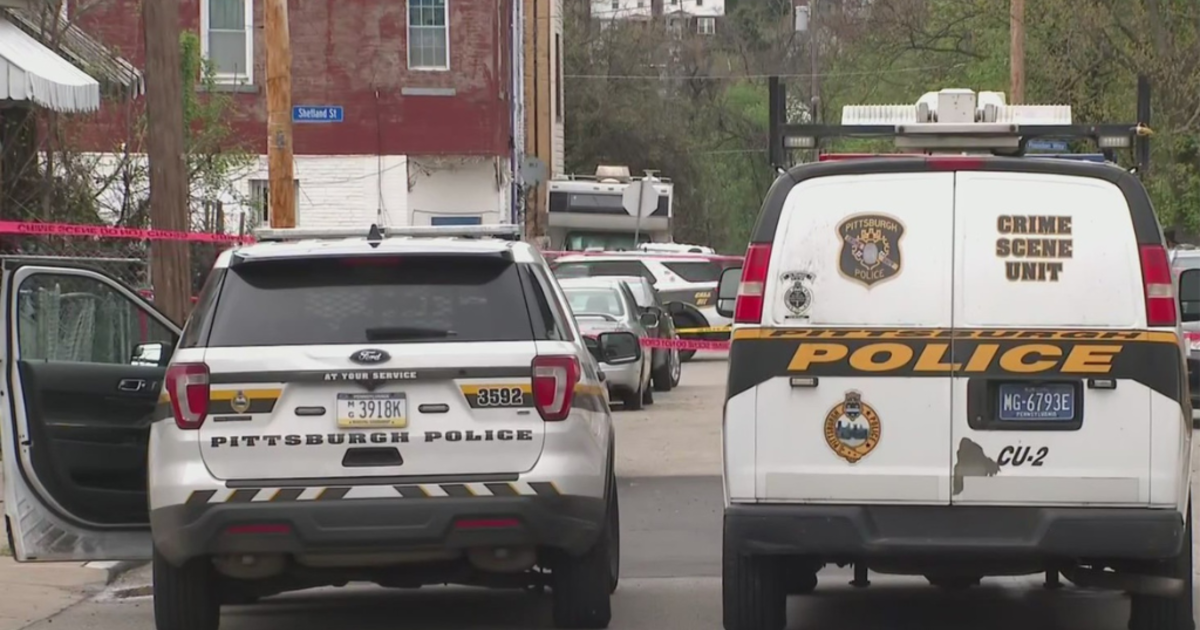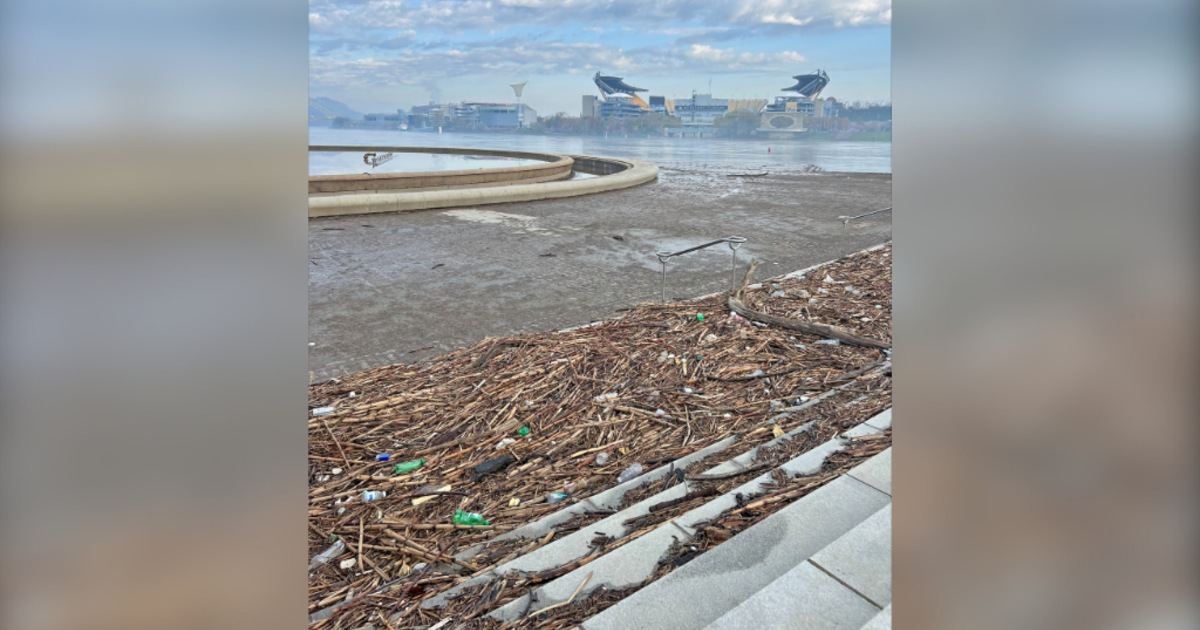Report finds Fern Hollow Bridge appeared to have had 'major decay' just months before collapse
PITTSBURGH (KDKA) - PennDOT has released an inspection report completed on the Fern Hollow Bridge four months before its collapse which appears to show major decay of the structure.
Despite the findings from the inspection that took place from Sept. 29-Oct. 5 of last year, no immediate repairs were ordered.
The Fern Hollow Bridge collapsed on the morning of Jan. 28, injuring several people and making national headlines.
The inspection and the report conducted by state and city inspectors had been withheld by PennDOT since the collapse but were released Friday after a right-to-know request by our news partners at the Post-Gazette.
The report is redacted in parts but cites exposed rebar, as well as corrosion and holes in support beams and decay in the deck, allowing water to seep through.
Read the full report | Story continues below the report
But what is most alarming is the state of the legs and cross-beams underneath west end of the bridge; they are very badly decayed with gaping holes.
"The lack of lateral bracing is probably the cause of the collapse," Pitt professor Kent Harries told KDKA-TV on Friday.
The inspectors detailed how the cross-beams had been deteriorating for more than a decade, exhibiting "severe corrosion and holes in webs at bracing connections," so much so that in 2009, the city installed steel cable to laterally support the bridge. The report goes on to say "the cables were retightened in 2014 and are in good shape and are tight."
But Harries said the cables should not have been relied upon to reinforce the cross beams, and appear to have failed there.
"I think that that's a reasonable statement," he said. "They underestimated, or should we say, overestimated the contribution of the steel cable that was installed."
The National Transportation Safety Board is investigating the cause of the collapse, which has focused on a failure at the west end of the bridge.
Harries was asked if the deterioration was essentially a time bomb, that it was a question of when, and not if, the bridge would collapse.
"I don't like the term 'time bomb,' but conceptually yes," he said.
The first page of the inspection summary opened with a brief statement: "The overall physical condition is poor."
Later in the document that was packed with technical language, charts and graphs and dozens of color photos, the first page of the Recommendations and Summaries section included an "Immediate Improvements: (Requires Prompt Action)" heading. Under it?
"None."
Below that was a list of priority 2-level, short-term improvements, eight of which were included, the most expensive of which was a note to "repair spalled and delaminated concrete underside" for $160,000.
Seven more priority 3 recommendations followed, including "upgrade bridge rail to current PennDOT standards," at a price tag of nearly $178,800.




